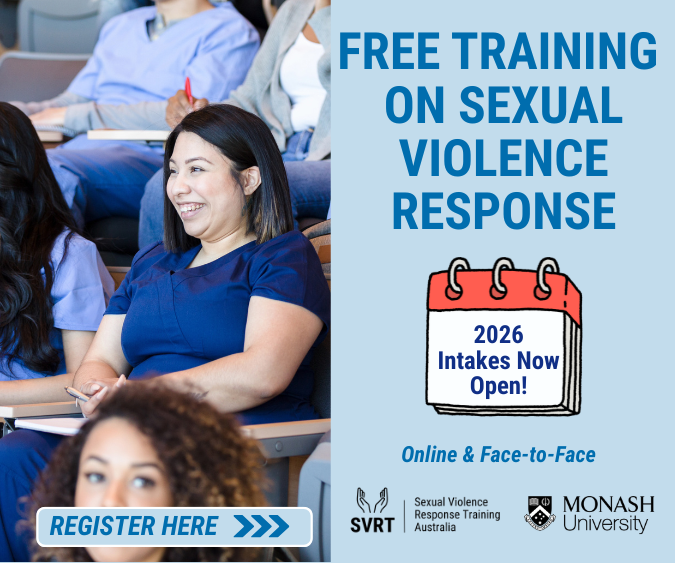Frailty is a common, yet often under-recognised, condition in older people. It is estimated that at least 11% of community dwelling older Australians, and up to 75% of residents in aged care homes are living with frailty.
Frailty is an independent predictor of poor health outcomes, however it can be slowed and even reversed in many older people, particularly if detected early.
Nurses can play a central role in detecting and managing frailty, including recognising signs, conducting frailty assessments, identifying patient needs, providing frailty care and informing patients and carers about available support services.
Frailty – not just getting older
Frailty is not an inevitable part of ageing. It encompasses physical, cognitive, and functional deficits, and is closely associated with chronic disease, poor nutrition, inactivity, and social isolation.
Frailty is a state of increased vulnerability, resulting from decline in physical and cognitive reserves. A person who is frail is less able to ‘bounce back’ from a health setback (or stressor) and more likely to experience adverse outcomes from it. For example, after a fall, a person who is frail has greater risk of a fracture, being admitted to hospital, worsening disability, and increased mortality, compared to a person of the same age without frailty. Even after minor stressors, such as a mild infection or a new medication, a frail person is more likely to experience adverse outcomes.
Detecting frailty early
Frailty often goes unnoticed until a crisis occurs—such as a fall or sudden hospital admission. However, there are several signs that can alert nurses and other clinicians to its presence. These include:
- unintentional weight loss, fatigue and weakness
- reduced muscle mass, function and strength (sarcopenia)
- impaired cognition or delirium
- declining functional status or recent falls
- incontinence
- sleep disturbance
Validated tools such as the Clinical Frailty Scale can assist in early detection and guide further management. Annual frailty assessments using these tools are recommended for older people at risk.
Managing frailty – what works?
Frailty is not a fixed state—it can improve with targeted, patient-centred care. Comprehensive, multidisciplinary approaches are the most effective. Key strategies include addressing polypharmacy, increasing bone and muscle strength through regular exercise, and improving protein and caloric intake. These interventions can help slow or reverse frailty progression and support older adults to remain independent and active.
Optimising management of potentially reversible causes of fatigue and functional decline, such as depression, anaemia, hypothyroidism and vitamin B12 deficiency, should also be part of an individualised plan for managing frailty.
Frailty and medicines – navigating polypharmacy
Older adults with frailty are particularly vulnerable to the risks of polypharmacy. Cognitive impairment, poor vision, or limited dexterity can lead to medication administration errors. Age-related changes in how the body handles medicines also increase the risk of adverse effects and can contribute to frailty, including:
- sedation and reduced mobility
- impaired cognition
- falls and fractures
- nausea, dry mouth and reduced appetite
Starting a new medicine requires a careful and individualised approach. Initial doses are usually lower and dose titration slower for people living with frailty than for other adults. Close monitoring and assessment of both benefits and harm is essential.
Regular medication reviews are a vital tool for people with frailty who are taking multiple medicines—especially when the person’s health status or goals of care change. Medication reviews arranged by GPs and conducted by credentialed pharmacists have been shown to reduce inappropriate prescribing, simplify regimens and improve adherence. Deprescribing medicines that are no longer beneficial or are causing harm can help improve function and reduce treatment burden.
Physical activity and nutrition – pillars of frailty care
Regular physical activity is one of the most effective interventions and despite common misconceptions, frailty is not a reason to avoid exercise. In fact, older people are more likely to benefit when the program is supervised, safe, and enjoyable. Progressive resistance training has been shown to improve muscle strength, mobility, and functional independence.
Malnutrition can be both a cause and consequence of frailty. Ensuring adequate protein and energy intake is essential to maintain muscle mass and overall function. Education and support for older adults and carers on healthy eating may improve outcomes and quality of life.
The AMH Aged Care Companion – how it can support you
The AMH Aged Care Companion offers practical, evidence-based guidance for healthcare professionals caring for older people. It covers management of common conditions such as dementia, pain and palliative care, coronary heart disease and osteoporosis, and includes guidance on managing frailty, falls prevention, using medicines in older people, optimising medicines use, and deprescribing.
For more information, visit amh.net.au
References
AMH Aged Care Companion (online). Adelaide: Australian Medicines Handbook Pty Ltd; 2025 April. Available from: https://agedcare.amh.net.au/
Taylor D, Barrie H, Lange J et al. Geospatial modelling of the prevalence and changing distribution of frailty in Australia – 2011 to 2027. Exp Gerontol. 2019 Aug; 123:57-65. https://pubmed.ncbi.nlm.nih.gov/31129145/
Khadka J, Visvanathan R, Theou O et al. Development and validation of a frailty index based on Australian aged care assessment program data. Med J Aust 2020; 213: 321–326 https://pubmed.ncbi.nlm.nih.gov/32776351/








